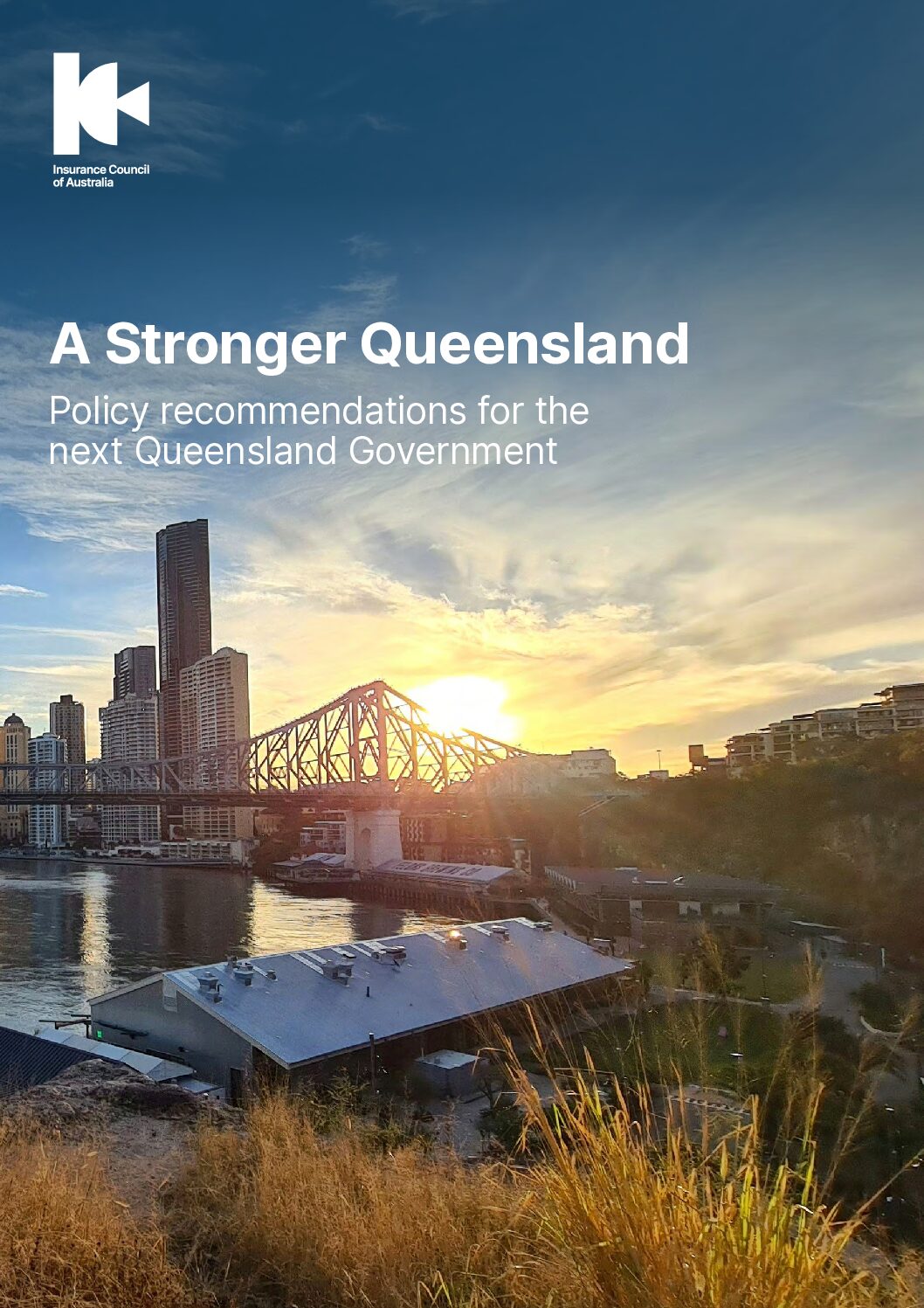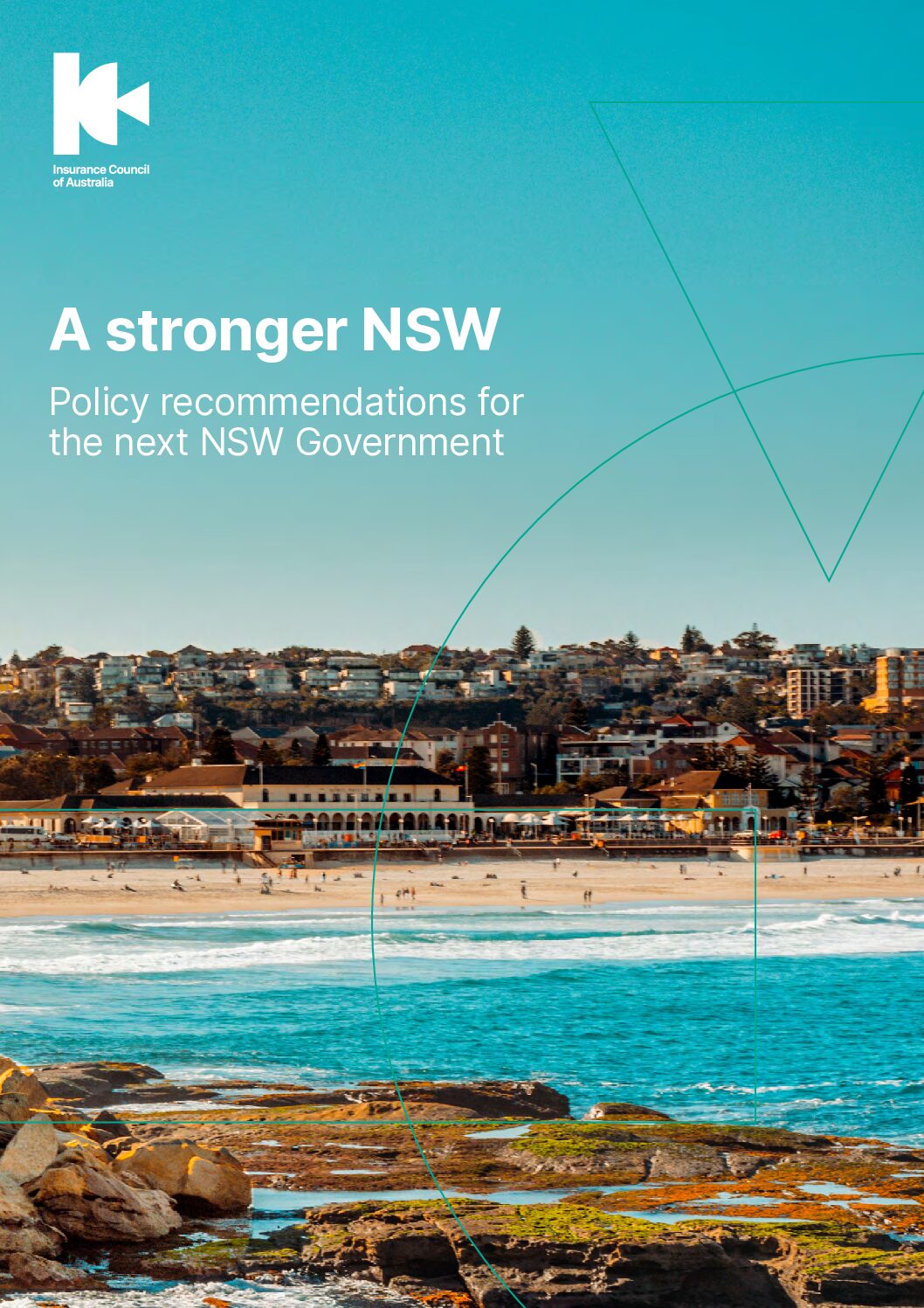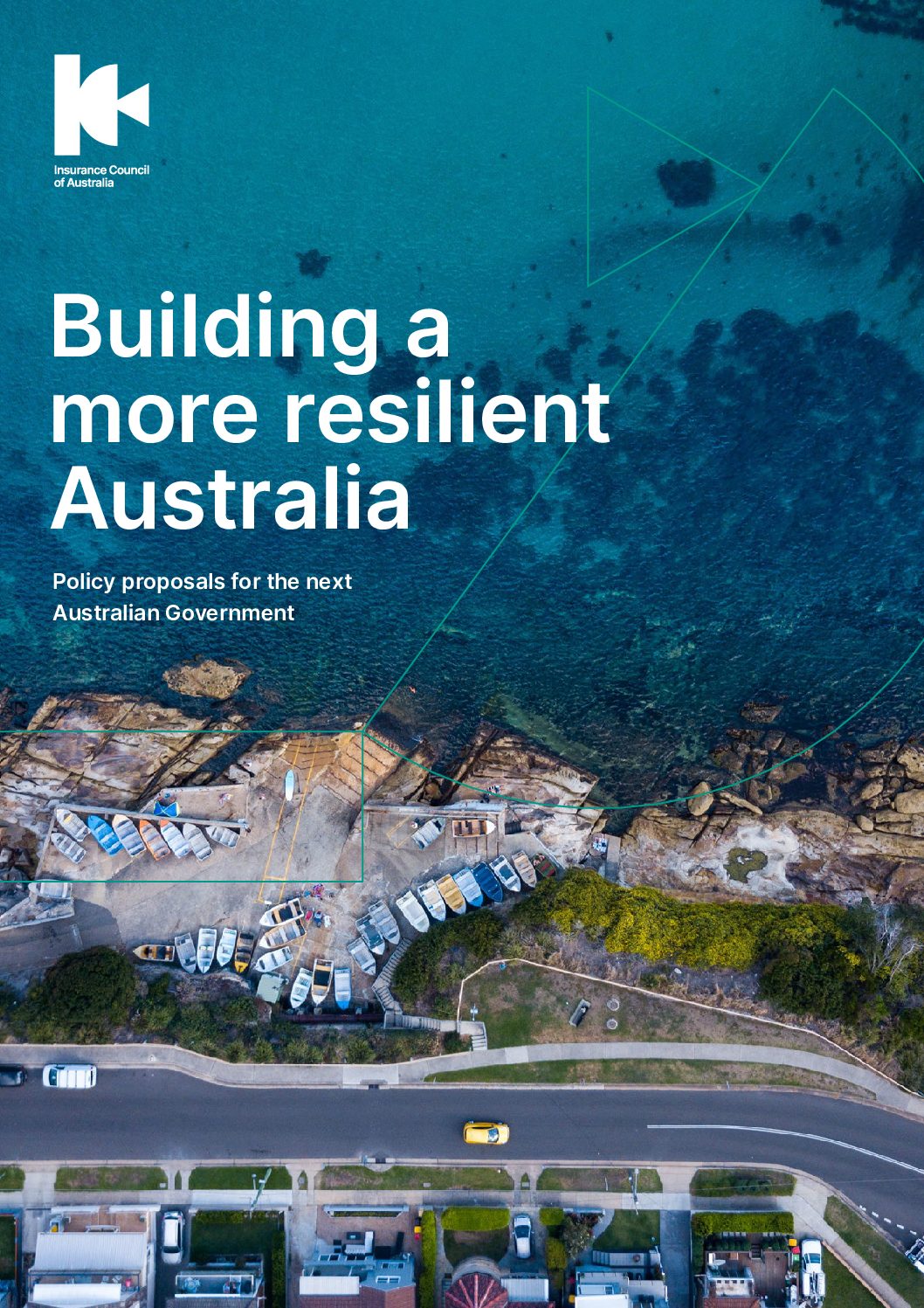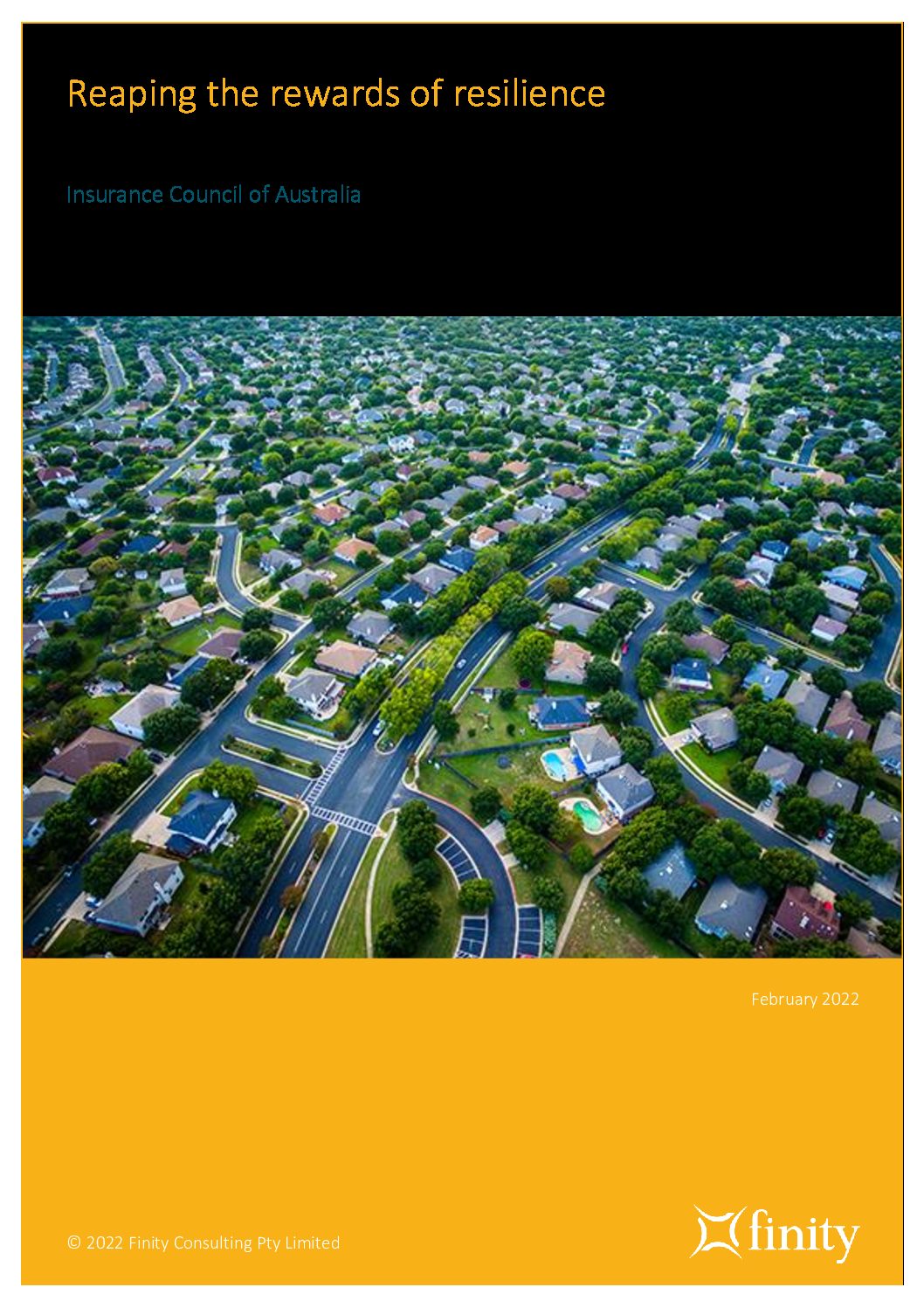Home Campaigns Defend Critical Infrastructure Retrofitting
Retrofitting
Strengthening homes with retrofits and house raising
As extreme weather events become more frequent and severe due to climate change, adapting Australia’s built environment is essential to protect homes, businesses, and communities.
Retrofitting homes with resilience measures can significantly reduce the impacts of floods, cyclones, and bushfires, ensuring Australians are better prepared for the challenges ahead. Solutions include:
- Floods: Raising floors and utilities above flood levels, using water-resistant materials.
- Cyclones: Strengthening roofs, windows, and doors to withstand high winds.
- Bushfires: Building with non-combustible materials and designing to prevent ember entry.
Ongoing investment essential
In February 2022, the Insurance Council released its Building a More Resilient Australia report, calling for the Australian Government to commit to resilience and mitigation funding of at least $200 million annually over a five year period, matched by states and territories for a combined $2 billion investment.
At the time, our report and the complementary research from Finity forecast this five-year program of resilience measures costing approximately $2 billion would:
- reduce costs to governments and households by more than $19 billion by 2050,
- deliver a return on investment of almost 10 times nationally.
Successful Programs in action
Following the 2021–22 Queensland and NSW floods, both state governments launched programs to support retrofitting and house raising:
- Queensland: The Household Resilience Program helps cyclone-prone homeowners with affordable retrofitting measures.
- NSW: Flood resilience programs include raising homes and electrical services above flood levels.
More information on these programs is provided by the Queensland and NSW Governments.
Retrofitting solutions
Cyclones and storms
- Strengthening doors and windows with products such as storm shutters and debris screens
- Strengthening garage doors with wind locks that make it harder for doors to blow in
- Roof retrofitting to strengthen key tie-down points.
Flooding
- Elevating the floor above defined flood levels
- Wet-proofing through the use of water-resilient materials such as polished concrete or tile floors
- Use of water-resistant wall framings and internal linings
Bushfire
- Use of non-combustible internal and external construction materials
- Designs that limit the ability of embers to enter the building, such as cavity-less construction and tight fitting cladding
- Siting building away from unmanaged vegetation.
For further information, the Queensland Reconstruction Authority provides detailed building guidance for resilience against, floods, bushfires and cyclones and storm tides.
Cyclone proofing programs
The Queensland Household Resilience Program demonstrates that retrofitting for cyclone exposed homes is an inexpensive means to better protect homes against cyclones.
This measure adopts low to medium cost methods to retrofit homes in high cyclone prone areas, limiting wind and water related damage. Common measures include:
- Strengthening roller doors and windows.
- Installing roof over-batten systems to anchor roofs to foundations.
Expanding this program across QLD, NT, and WA would ensure more homes are safeguarded against cyclones.
Recommendations
The Insurance Council of Australia encourages state and federal governments to:
- Provide additional funding and extension to the Queensland Household Resilience Program across Queensland, Northern Territory and Western Australia, to retrofit homes for cyclone protection
- Work with the Queensland, Northern Territory and Western Australian governments to include cyclone-related flood risk in any ongoing home buyback program.
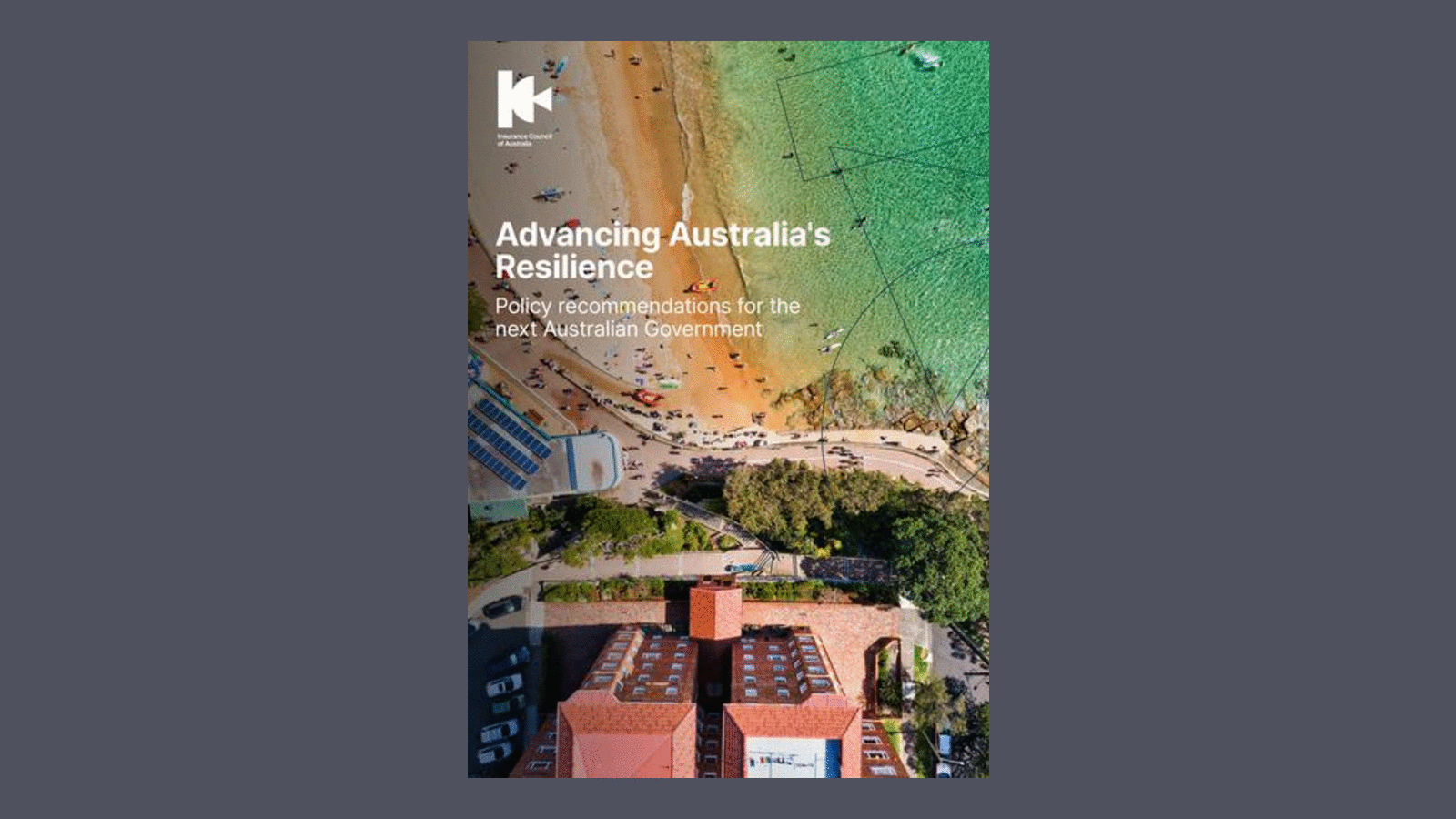

We are the representative body of the general insurance industry in Australia, shaping positive outcomes for our members, our people and the community.
Get in touch
Acknowledgement of Country
Footer


